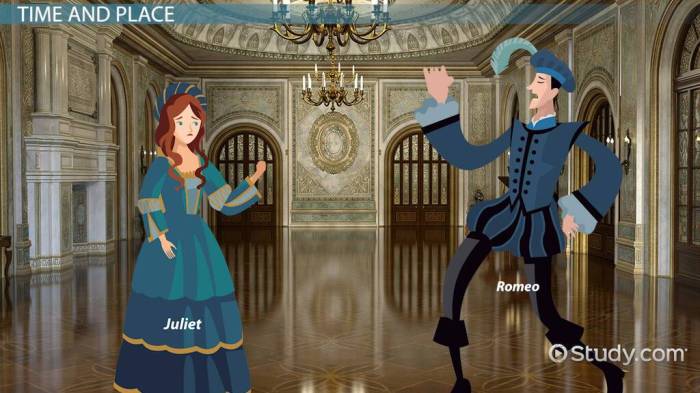The contrast royall tyler summary – The Contrast: Royall Tyler’s Enduring Examination of Puritanism and Enlightenment is a captivating literary work that delves into the profound clash between Puritanism and Enlightenment ideals. This engaging play explores the complexities of religious intolerance, the struggle between tradition and modernity, and the nature of love through the compelling characters of Colonel Manly and Jonathan.
Tyler’s masterful use of dramatic structure and language immerses readers in the historical context of the Puritan era in America and the Enlightenment movement, shedding light on the social and political tensions of the time. The play’s enduring relevance and thought-provoking themes continue to resonate with audiences today, making it a valuable addition to any literary discussion.
The Contrast: An Overview: The Contrast Royall Tyler Summary

Royall Tyler’s “The Contrast” is a groundbreaking play that premiered in 1787. Set in New York City during the post-Revolutionary War era, the play delves into the clash between Puritanism and Enlightenment ideals prevalent at the time.
The play’s central characters include Colonel Manly, a staunch Puritan, and Jonathan, a free-thinking man influenced by Enlightenment ideas. Through their contrasting personalities and beliefs, the play explores the tensions between religious orthodoxy and the pursuit of reason and individual freedom.
Major Characters, The contrast royall tyler summary
Colonel Manly:A strict and pious Puritan, Colonel Manly represents the traditional values and beliefs of the Puritan society. He believes in the importance of discipline, obedience, and adherence to religious doctrine.
Jonathan:A young man who has been exposed to Enlightenment ideas, Jonathan represents the emerging values of the post-Revolutionary era. He is curious, open-minded, and believes in the power of reason and individual choice.
Dorcas:Colonel Manly’s daughter, Dorcas is a devout Puritan who struggles to reconcile her father’s strict teachings with her own desires for freedom and self-expression.
Abigail:A lively and independent young woman, Abigail represents the growing desire for social and cultural change. She challenges the Puritan norms and advocates for greater freedom for women.
Themes and Motifs
Religious Intolerance:The play highlights the intolerance and persecution faced by those who deviate from Puritan orthodoxy. Jonathan’s embrace of Enlightenment ideas is met with hostility and condemnation.
Struggle between Tradition and Modernity:“The Contrast” depicts the clash between the traditional values of Puritanism and the emerging Enlightenment ideals. The play explores the challenges and opportunities presented by social and cultural change.
Nature of Love:The play explores different aspects of love, including the conflict between duty and desire, the power of attraction, and the importance of choice in romantic relationships.
Motif of Light and Darkness:Tyler uses the contrast between light and darkness to symbolize the struggle between Puritanism and Enlightenment. The darkness represents the oppressive nature of Puritan society, while the light represents the promise of reason and individual freedom.
Historical Context
The play reflects the social and political tensions of post-Revolutionary America. The Puritan era was marked by religious fervor and strict social norms, while the Enlightenment movement emphasized reason, individualism, and scientific inquiry.
“The Contrast” captures the transition from Puritanism to the more secular and democratic society that emerged after the American Revolution. It provides a glimpse into the intellectual and cultural debates that shaped the early United States.
Dramatic Structure and Language
The play is structured in five acts, each focusing on a particular aspect of the conflict between Puritanism and Enlightenment. Tyler uses dialogue and soliloquies to convey the characters’ contrasting beliefs and motivations.
The language of the play is a blend of formal and informal styles, reflecting the diverse social classes and perspectives represented in the story. The use of satire and humor adds to the play’s overall impact.
Frequently Asked Questions
What is the central conflict explored in The Contrast?
The central conflict revolves around the clash between Puritanism and Enlightenment ideals, represented by the contrasting characters of Colonel Manly and Jonathan.
How does Tyler use dramatic structure to convey the play’s themes?
Tyler employs a carefully crafted dramatic structure, including scenes, acts, and dialogue, to highlight the tension between the two opposing ideologies.
What is the significance of the play’s historical context?
The play’s historical context, set during the Puritan era in America, provides a backdrop for understanding the social and political tensions that shaped the characters’ beliefs and actions.


